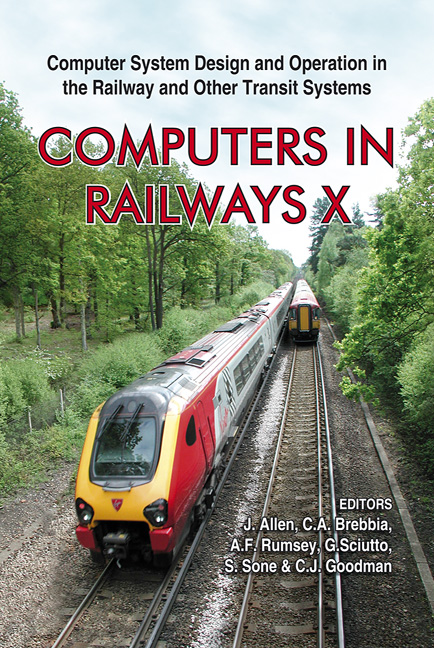Effect Of The Distribution Of The Arrivals And Of The Intermodal Unit Sizes On The Transit Time Through Freight Terminals
Price
Free (open access)
Transaction
Volume
88
Pages
10
Published
2006
Size
535 kb
Paper DOI
10.2495/CR060881
Copyright
WIT Press
Author(s)
G. Malavasi, A. Quattrini & S. Ricci
Abstract
The railway freight terminals play a key role within the multimodal logistic chain. Therefore, the transit time through these terminals represents one of the most relevant terminal performances and at the same time a key component of the freight transport generalized cost, so that its quantitative analysis is a strategic activity, both in the terminal planning (for the existing and for the future terminal) and in the logistic chain organization. The transit time is composed of deterministic and stochastic components, which increases significantly the problem complexity. The authors developed an original model based on queuing theory allowing the calculation of the transit time for a large variety of terminals. Some pilot applications of the model showed that the arrival distributions of both classes of vehicles are critical inputs for the effectiveness of the results. In this framework the present paper focuses on the theoretical study of these distributions including an extended validation campaign based on data available for an Italian case study (intermodal terminal of Pomezia near Rome). Another relevant aspect, affecting the quality of the model results, is the presence in the terminal of different sizes of intermodal units. In the paper a methodology to take into account these size differences effectively is also explained. Keywords: intermodal, freight, terminal, transport unit, arrival distribution. 1 Introduction The authors developed an original model [2–4] based on the queuing theory allowing the calculation of the transit time (TTR) of the freight transport units through the intermodal terminals.
Keywords
intermodal, freight, terminal, transport unit, arrival distribution.





